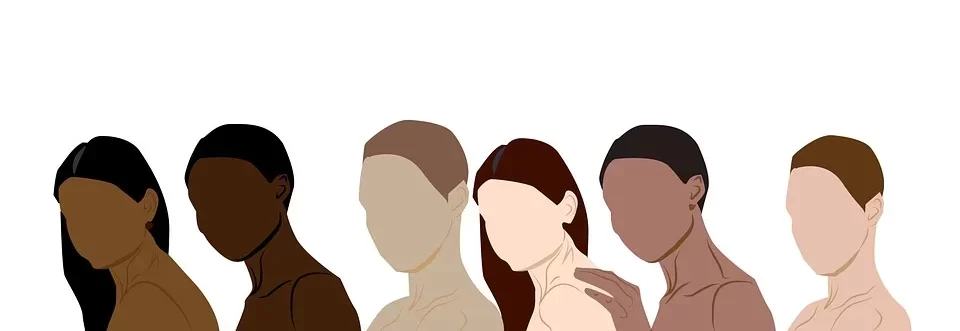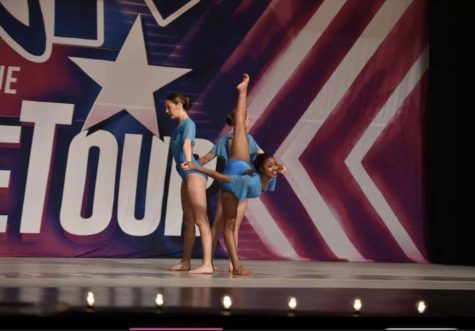Colorism
 Colorism is an issue that is very prevalent in many communities around the world. In America, this issue is highly impactful to many women of color, especially black women. Colorism is not a subject that is taken lightly and it should not be something that people of color only have knowledge about. It affects many girls and women all across the nation and all across the world. In Carbondale, black teenage girls face colorism in various circumstances regardless of their complexion.
Colorism is an issue that is very prevalent in many communities around the world. In America, this issue is highly impactful to many women of color, especially black women. Colorism is not a subject that is taken lightly and it should not be something that people of color only have knowledge about. It affects many girls and women all across the nation and all across the world. In Carbondale, black teenage girls face colorism in various circumstances regardless of their complexion.
Sarah Brunson talks about her experiences in the dancing industry with colorism. “Colorism has personally affected me in the dance industry whenever it comes to being shown off for my talents via social media or at dance conventions.

I had to be that black dancer who strives even harder than the other majority of dancers that I would also compete against. Whenever another studio had white people or even other black dancers whose skin colors were lighter than me that would be advertised via social media and get more recognition whenever I went to dance conventions.”
Typically white students are ignorant of the existence of colorism and how it affects people of color. A white teen at Carbondale Community High School responded with a simple “No” when asked if they knew what colorism was and when enlightened, they said this when asked ‘How big of an issue do you think colorism is?’: “I believe it is a major issue. Our society is very prejudging and in part we factor in color. I believe we should get to know people and not judge them by their outside appearance.”
In reality this idea is inconceivable. This statement is very close to relaying the microaggression of ‘I don’t see color’. When these microaggressions are used it sends the message that in America the white privilege that white people hold does not exist. It also lends to denying racial identity and aids the dis-identification of one’s culture, race, and ethnicity. It is very often that we would like to believe that when a person uses a microaggression they are simply not thinking about what they are saying and they don’t mean any harm. These words however are the foundation of ethnocentrism, colorism, and stereotyping.
Responding to the same question that the white teen at CCHS was asked, Truth Marsh spoke some truth. “Its huge because we already struggle enough, and instead of us black or mixed with black people sticking together, we follow the division made by the white man to separate us further.” Additionally she spoke to what the black community can do to lessen the appearance/impact of colorism. “Realize that regardless of the lightness of black, we’re black. Society doesn’t care about who’s lighter anymore, we are black. We all we got, we gotta stick together.”
Colorism is much deeper than the statements made in this article and requires much more information from subject matter experts or dedicated researchers. It is something that all people need to recognize and understand in order to make our world a better place regardless of race. It begins at home and in the mind.
